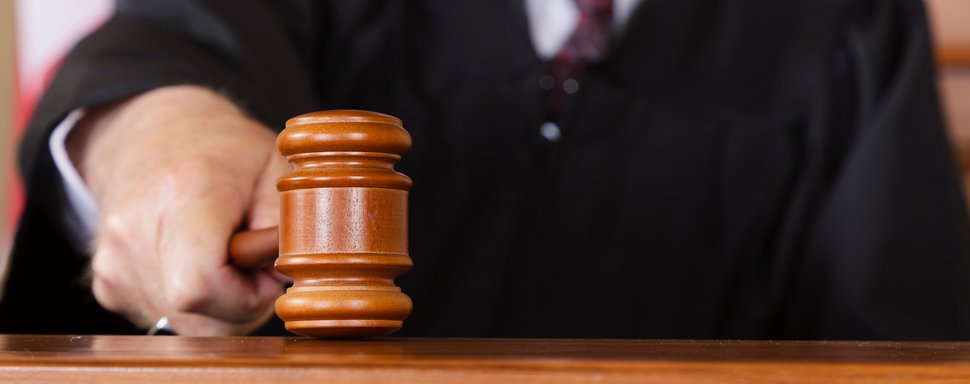Two-Track vs. Traditional Litigation
Lawsuits are expensive, time consuming, and stressful. It can take years before a case actually reaches the courts. When the case is finally tried or settled, legal fees alone may make up to half of the award and in some cases more. 98% of cases settle without trial, usually on the courthouse steps. Nonetheless, the courts provide a needed backup when issues cannot be resolved by the parties through other means.
Mediation and arbitration are constructive alternatives to litigation, but have failed to achieve their promise to save time and money. They typically occur late in the game, after expensive discovery.
What is needed is a collaborative process free of the expense of adversarial and combative win/lose maneuvers, a process that encourages constructive information-sharing and the creation of solutions acceptable to all.
What is Two-Track?
Compared to Traditional Litigation, Two-Track maximizes settlement opportunities by putting negotiation on a ‘track’ that is separate from litigation. The negotiation track can run parallel to litigation (Parallel Two-Track), or it can precede (or replace) litigation (Sequential Two-Track). Attorneys represent their respective parties for a Track 1 event (negotiation or mediation) OR a Track 2 event (litigation or arbitration), but NOT both tracks on the same case.



